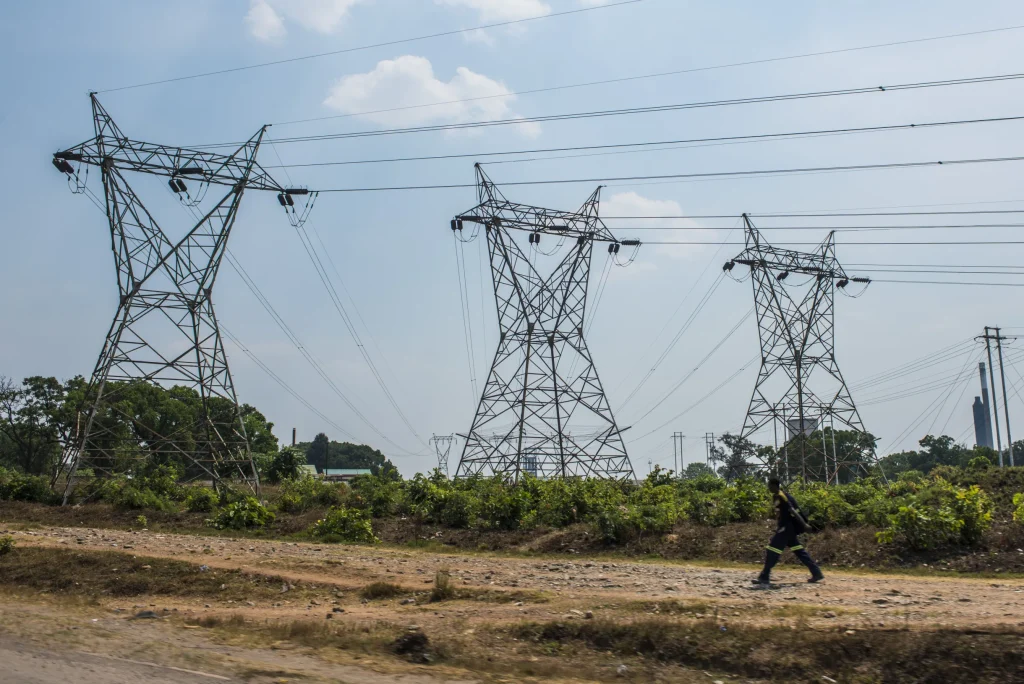Before the Kariba Dam crisis, less than half of Zambia’s 20 million people had regular access to electricity. Now, millions more are struggling, with mothers exploring new ways to cook for their families and children using candlelight to do their homework by candlelight.
Zambians battle daily to find power as the country endures a climate-related energy crisis that is nearly wiping out its electricity supply. Some residents are so frustrated that they’ve resorted to taking their entire desktop computers—including hard drives and monitors—to local cafés just to get some work done.
The worst power outages in Zambia’s recent history were triggered by a severe drought, which has left the vital Kariba Dam with too little water to power its hydroelectric turbines. Kariba, the largest artificial lake in the world by volume, is located 200 kilometres (125 miles) south of Lusaka on the Zambia-Zimbabwe border.
The dam was built in the 1950s to transform the energy supply of both countries by harnessing the Zambezi River, creating a vast lake and delivering endless renewable hydroelectric power.
However, prolonged drought, worsened by the natural El Niño weather pattern and rising global temperatures, has pushed Zambia’s hydroelectric station to the brink of a complete shutdown for the first time.
Water levels are so low that only one of the six turbines on Zambia’s side of the dam is running, reducing energy output to less than 10% of standard capacity.
With Kariba supplying over 80% of Zambia’s electricity, the country now gets just a few hours of power a day, and some areas go without electricity for days. Small businesses, the backbone of the economy, are struggling the most, especially during daylight hours when they need power the most.
Experts argue that Zambia is paying the price for its lack of diversification in the energy sector.
“85% dependency on hydro is obviously a risk,” explains Geoffrey Chiyumbe, Vice Chairman of the Energy Committee at the Engineering Institute of Zambia.
“We needed to have a mix of renewable and non-renewable energy sources so that in case one fails, we are not put in a crisis like the one we are in,” he adds.
The 128-meter-high (420-feet) dam wall at Kariba is almost completely exposed. A dry, reddish-brown stain near the top marks where the water once reached in better times more than a decade ago.

